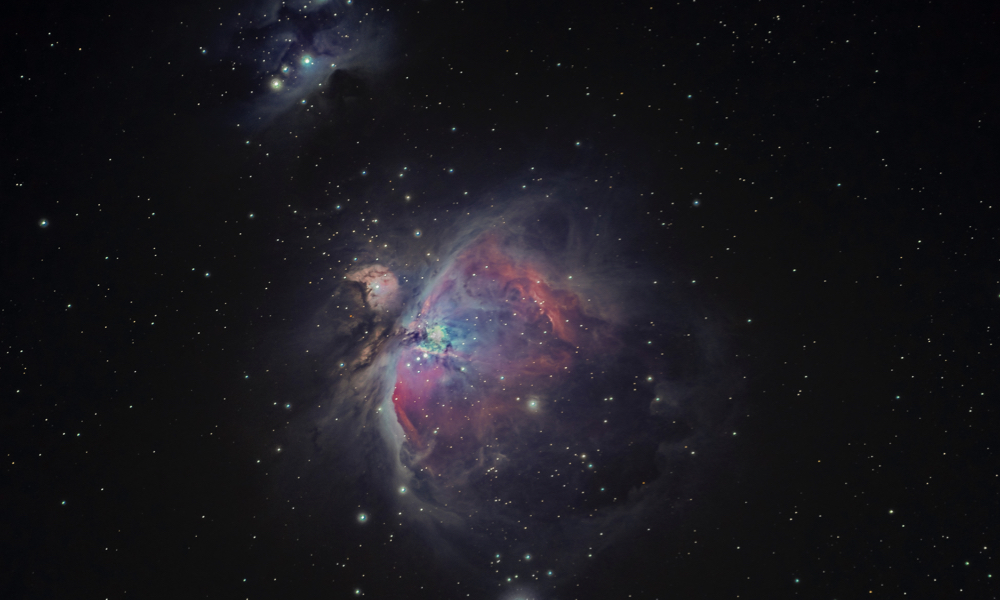
ESA Open Invitation To Tender AO8181
Open Date: 02/03/2015
Closing Date: 28/04/2015
Status: ISSUED
Reference Nr.: 14.123.13
Prog. Ref.: TRP
Budget Ref.: E/0901-01 – TRP
Special Prov.: B+DK+F+D+I+NL+E+S+CH+GB+IRL+A+N+FIN+POR+GR+LUX+CZ+RO+PL
Tender Type: C
Price Range: 200-500 KEURO
Establishment: ESTEC
Directorate: Directorate of Technical & Quality Manag
Department: Mechanical Engineering Department
Division: Propulsion & Aerothermodynamics Division
Contract Officer: Fernandez San Roman, Susana
Last Update Date: 02/03/2015
Update Reason: Tender issue
Launcher Impact Assessment requires as input the effects of the plume on the environment and as of now, ESA relies on low order analysis to compute the plume conditions and the climatological impact of the plumes. However, recent forums with European experts haveshown that the single largest source of error for such analysis is the real conditions of the plume at a spatial scale equivalent to the highest resolution of climate models. A better understanding of the formation and subsequent development of alumina particles is a requirement if complex processes externally in the plume are to be understood. Alumina particulate contribute among others to radiation from the plume and the long term presence of aerosols within the earth’s atmosphere. None of these can be properly quantified until the properties of the alumina itself is understood throughout its lifetime. Generally CFD is a useful tool in the assessment of plume development but calculations rely on accurate boundary conditions. At the moment there is a large uncertainty in the character of the alumina in the nozzle and therefore any CFD computations have large uncertainties in the state, size and distribution of alumina at the inlet boundary of the computational domain. These uncertainties can lead to inaccuracies in the prediction of plumedevelopment ; reactivity and lifetime of alumina in the atmosphere, among others. Therefore, this TRP is to experimentally characterise the alumina in several nozzle plains beginning just after the throat and until the nozzle exit as a minimum. A number of nozzletruncations derived from the one generic nozzle profile will be manufactured and measure the distribution of the particles at the exit plane of each truncated nozzle to gradually build up a picture of the statistical development of the particle distribution. The impact of the interaction of the under-expanded nozzle flow with the external environment should first be assessed. The alumina willbe characterised in terms of: 1) Size and spatial distribution, 2) Phase, 3) Agglomeration, 4) Temperature, 5) Velocity. This information will also allow to improve the current alumina-radiation modelling and will contribute to understand the combustion instability problem by providing with one of the needed boundary conditions for the CFD: the conditions at the throat. Two additional resultsthat can be considered as added value to the present study. The first two tasks in this work will be: a) Design of Experiment b) Selection of particle measurement techniques. Phase Doppler Particle Analysing may not necessarily be the best solution (to be evaluated as first WP in the project) but it does offer a feasible method and therefore gives some confidence that will be possible to achieve the study objectives. A large fraction of the budget will be allocated to the measurement development.
If you wish to access the documents related to the Invitation to Tender, you have to log in to the ESA Portal.
